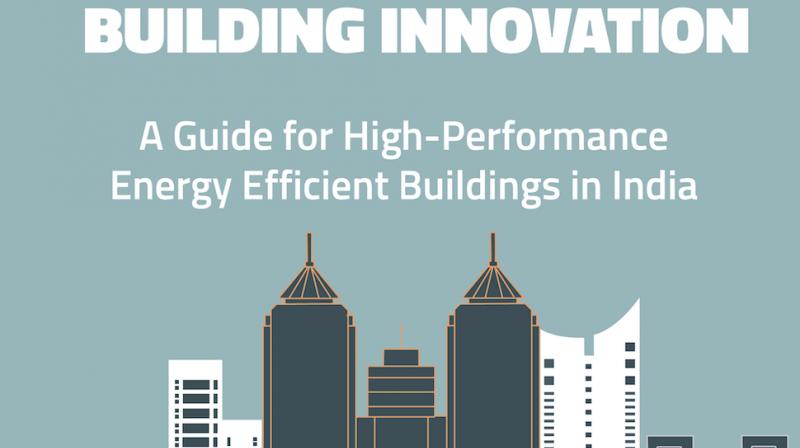India poised to focus on ‘Energy-efficient and building sector of the future’: BIG
Energy conservation is an important part of India\'s overall energy plan, and can contribute to the nation\'s ability to sustain its growth.

New Delhi: Today, the Building Innovation Guide (BIG) a premier guidebook authored by researchers at the Lawrence Berkeley National Lab (Berkeley Lab) and funded by the US Department of Energy, was launched in India. This is a result of successful longstanding cooperative relationship between the US and Indian government, and recognised as one of the activities under the Power and Energy Efficiency pillar of the US-India Energy Strategic Partnership or SEP.
India is poised to become the world's fifth largest economy, with the buildings sector representing over 30 per cent of the nation's energy consumption. Energy conservation is an important part of India's overall energy plan, and can contribute significantly to the nation's ability to sustain its growth.
How we build today sustainably, will define the course of history.
The Building Innovation Guide provides technical recommendations for achieving high-performance Indian office buildings that are smart, green, and energy-efficient. The best practices recommended in the BIG are particularly suited to the climatic, cultural, and construction context of India, thereby offering localized solutions. The best practice recommendations are classified into three categories: Whole-building Design, Building Physical Systems, and Building Information Systems.
Reshma Singh, lead author of the Building Innovation Guide and Program Director of the U.S.-India Center for Building Energy Research and Development (CBERD), has studied architecture in Delhi and from Harvard University’s Graduate School of Design.
Singh said, “India is at an inflection point. Because of the extraordinary pace of new construction, the buildings sector is recognized as a crucial area to create energy-efficiency. High-performance is important not just in design, but for operational excellence, in order to create smart, healthy, and resource-optimized built infrastructure. The Building Innovation Guide draws on years of US buildings R&D, computer simulations, and on-the-ground research in India to present best practice strategies that combine innovative technologies with traditional wisdom. These best practices can drive triple-bottom-line benefit for people, profit, and planet.”
Insights from the BIG are being shared across the nation in summer 2019, through a series of “BIGathon” events in in five host cities Hyderabad, Mumbai, Delhi, Trivandrum, and Bengaluru. BIGathon events are being held in collaboration with Facilio, JLL, US Trade and Development Agency, American National Standards Institute, Confederation of Indian Industry, US-India Business Council, Mahindra, US-India Strategic Partnership Forum, the Energy Management Centre Kerala, the Nitte School of Architecture, and the World Resources Institute.
The BIGathon events seek to take the BIG research into the hands of five primary stakeholders in the built infrastructure arena—urban policy makers; developers and builders; building operators and occupants; architecture and engineering practitioners; and building products and materials industry. The aim is to align on a common sustainability framework for buildings and beyond, i.e. in the areas of building materials and IoT, smart grid, energy technologies, renewables, and battery storage to enable aggressive energy targets. Integrated, these provide a tremendous opportunity for strategic, sustainable urban growth.
“India’s real estate industry is scaling tremendously. I believe that BIGathon is a change-maker that brings together stakeholders and policy makers from India and US to create a combined perspective for energy-efficient and high-performance buildings of the future.” added Prabhu Ramachandran, CEO and Co-Founder, Facilio.
The BIGathon is a unique opportunity to build innovation into the ecosystem- for US and India thought leaders to network, collaborate, and create a movement- to decarbonise, digitise, and democratise the built infrastructure..

